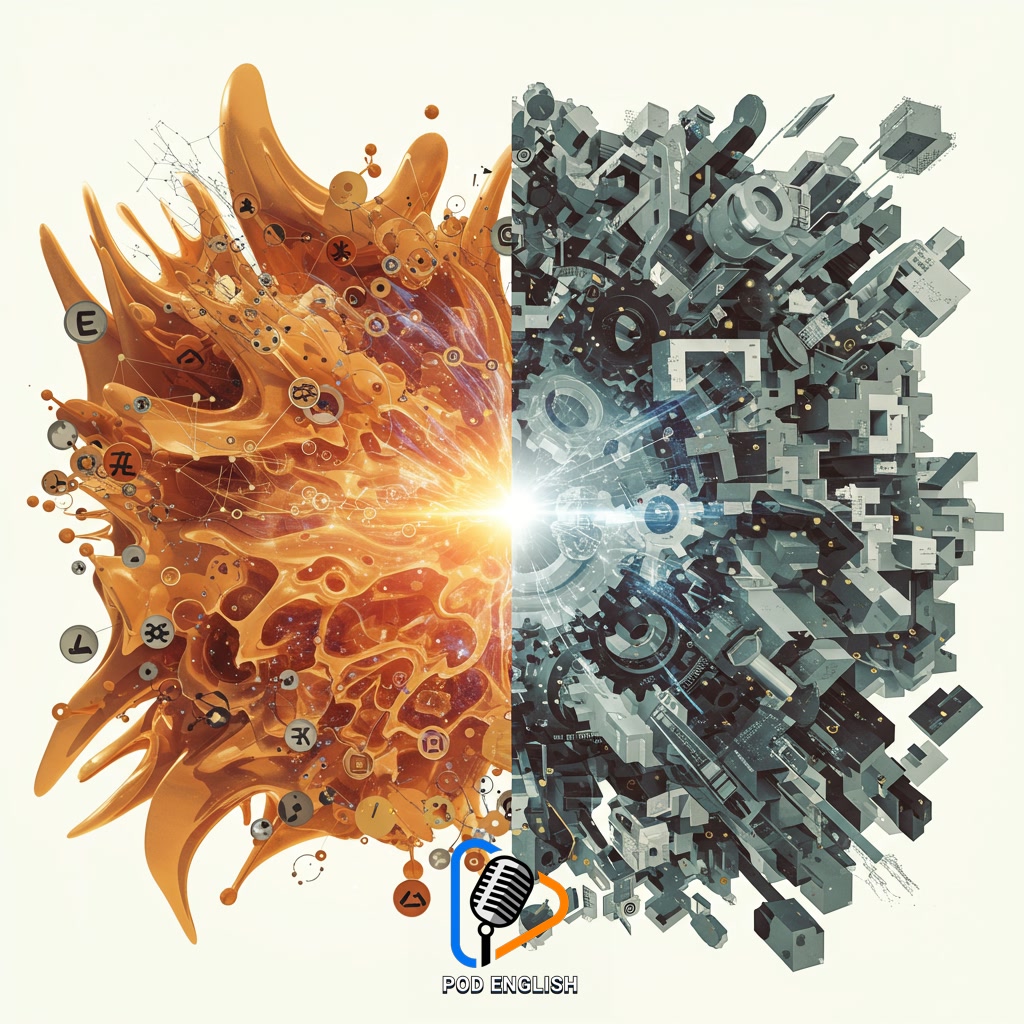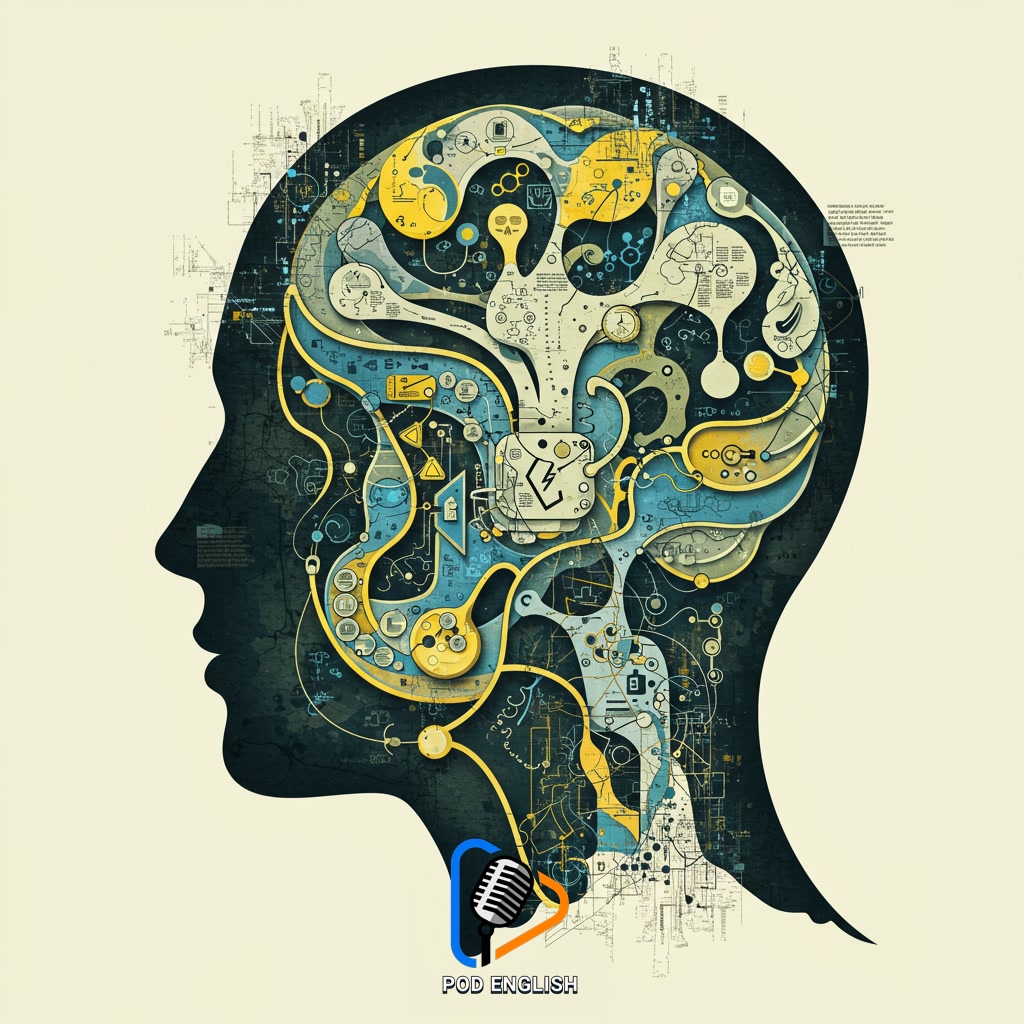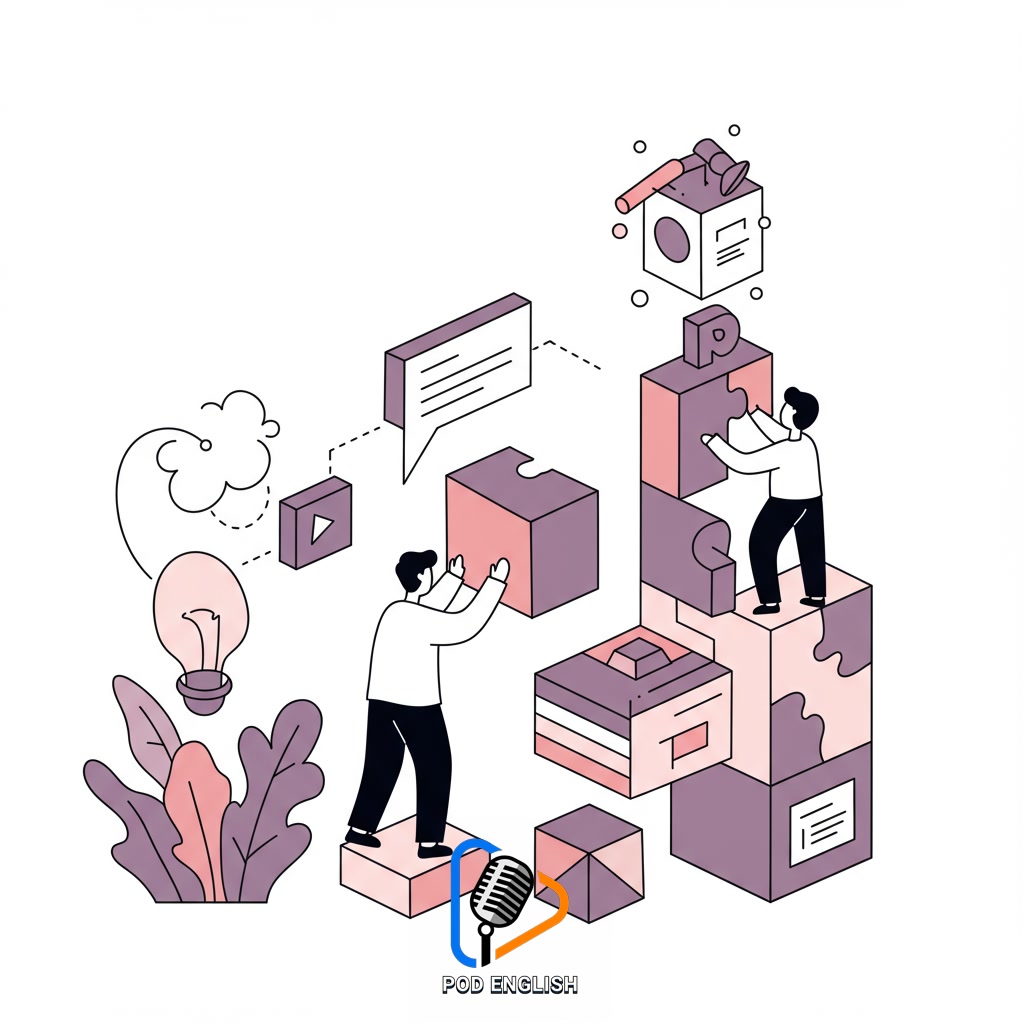Learn English
Boost Your Problem Solving Skills While Learning English

This content explores how to enhance your ability to solve problems. It focuses on integrating this development with your English language acquisition. You will discover methods to sharpen critical thinking and analytical approaches. The process is designed to improve both your cognitive skills and your English proficiency concurrently.
Table of Contents
- Section 1: Introduction: The Powerful Connection Between Language and Logic
- Section 2: How Learning English Cultivates Problem-Solving Abilities
- Section 3: Applying Problem-Solving Strategies to Accelerate English Learning
- Section 4: Practical Activities for Boosting Both Skills Simultaneously
- Section 5: Measuring Your Progress in Problem Solving Through English
- Section 6: Conclusion: Sustaining Your Growth in Problem Solving and English
Section 1: Introduction: The Powerful Connection Between Language and Logic
This introduction explores a fascinating link: the powerful connection between language and our ability to think logically and solve problems. Learning a new language, particularly English, is not merely about acquiring communication skills; it fundamentally reshapes cognitive processes. As you grapple with new vocabulary, grammar rules, and sentence structures, your brain actively builds new neural pathways. This mental exercise enhances analytical thinking and improves your capacity to process complex information. English, with its rich vocabulary and varied structures, offers precise tools for defining problems and articulating solutions. By learning to express ideas clearly and logically in English, you strengthen your ability to structure your own thoughts, identify patterns, and approach challenges systematically. Thus, mastering English concurrently sharpens your critical thinking, proving that language acquisition is a powerful catalyst for developing robust problem-solving skills.

Introduction: The Powerful Connection Between Language and Logic
Section 2: How Learning English Cultivates Problem-Solving Abilities
Learning English significantly enhances problem-solving skills by expanding your cognitive toolkit. As you acquire new vocabulary and grammatical structures, you gain more precise instruments to analyze situations and formulate solutions. Understanding complex sentences and nuanced meanings sharpens your analytical abilities. Furthermore, exposure to diverse texts and viewpoints in English broadens your perspective, allowing you to approach problems from multiple angles. The very act of deciphering meaning, interpreting context, and articulating thoughts in a non-native language requires active critical thinking and mental flexibility, key components of effective problem-solving. This continuous mental engagement naturally builds the pathways in your brain needed for tackling challenges, both linguistic and otherwise.

How Learning English Cultivates Problem-Solving Abilities
Section 3: Applying Problem-Solving Strategies to Accelerate English Learning
Building on how learning English enhances problem-solving skills, we can now explore the reverse: actively applying problem-solving strategies to accelerate English learning itself. View the process of acquiring English as a complex problem to be solved. Strategies such as breaking down large tasks – like comprehending a difficult text or mastering a tricky grammar point – into smaller, manageable steps are crucial. Analyzing patterns in vocabulary, sentence structures, and pronunciation helps you identify rules and exceptions, much like analyzing data. Employing trial-and-error, especially in speaking and writing practice, allows for experimentation and learning from mistakes without fear. Critical thinking enables you to evaluate different learning resources and methods to find what works best for you. By consciously using these analytical and strategic approaches, you can navigate the challenges of English acquisition more effectively, significantly boosting your learning speed and efficiency.

Applying Problem-Solving Strategies to Accelerate English Learning
Section 4: Practical Activities for Boosting Both Skills Simultaneously
Building on how applying problem-solving strategies can accelerate English learning, this section explores practical activities designed to boost both skills simultaneously. Engage in tasks that require you to use English to analyze information, identify challenges, and devise solutions. For instance, try solving logic puzzles or riddles presented entirely in English, forcing you to understand complex language structures to find answers. Participate in group discussions or debates in English focused on hypothetical problems, where you must articulate arguments and respond to others. Another effective method is using English instructions to build or assemble something, enhancing comprehension and analytical skills. These activities provide real-world contexts for language use, making learning more dynamic and reinforcing critical thinking through active engagement with the English language.

Practical Activities for Boosting Both Skills Simultaneously
Section 5: Measuring Your Progress in Problem Solving Through English
Monitoring your problem-solving progress while learning English is key to understanding your development. This involves assessing how effectively you can analyze problems presented in English, formulate solutions, and articulate your reasoning using the language. Consider tracking metrics such as the time taken to solve different types of problems, the accuracy of your solutions, or your ability to clearly explain your thought process and answer questions in English. Engaging with complex tasks and reflecting on your performance, noting areas where vocabulary or grammatical structures hindered your understanding or explanation, provides valuable insight. This continuous evaluation helps identify strengths and weaknesses, allowing you to tailor your English learning to better support your problem-solving capabilities.

Measuring Your Progress in Problem Solving Through English
Section 6: Conclusion: Sustaining Your Growth in Problem Solving and English
Sustaining your progress in both problem-solving and English learning is the final, crucial step. Having explored methods to integrate these skills, the focus now shifts to consistent application and continuous improvement. This means actively seeking out opportunities to tackle new problems using English – whether through reading challenging texts, participating in discussions, or engaging with complex information presented in the language. Regular practice reinforces analytical thinking patterns and expands your English vocabulary and comprehension simultaneously. View every new challenge as a chance to strengthen this powerful synergy, ensuring your growth is not just achieved, but maintained and built upon over time.

Conclusion: Sustaining Your Growth in Problem Solving and English













